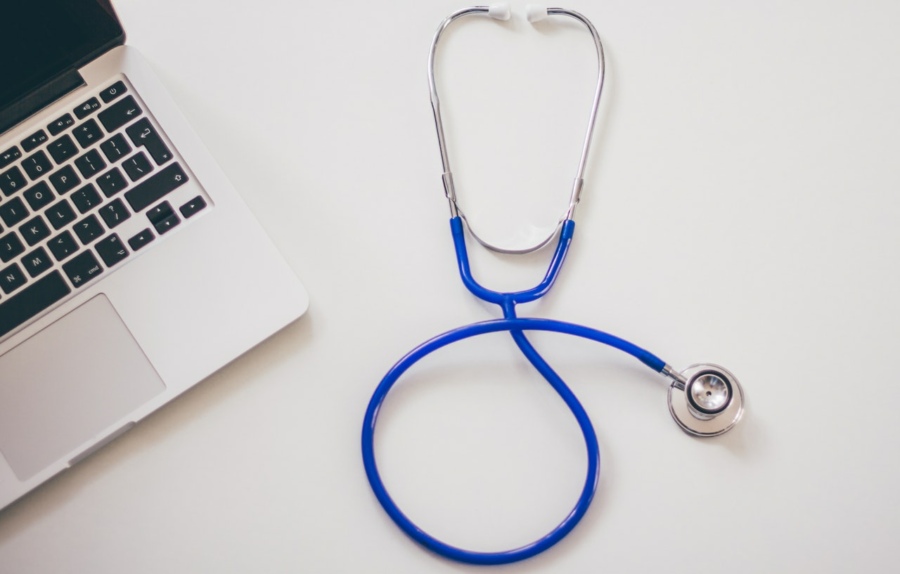Cholesterol is often seen as bad substance. It is physically a waxy form of fat that’s produced by our intestine and liver. Unfortunately, we can also get a large amount of cholesterol from food. Cholesterol is needed to synthesize cell membranes and hormones. It is required to maintain proper membrane fluidity and permeability. Cholesterol is also needed to produce vitamin D, steroid hormones and bile acids.
However, increased cholesterol level is often associated with higher risk of cardiovascular disease, so we should keep it under control. Our body produces 80 percent requirements of cholesterol and the rest is obtained from our daily diet. Dairy products, poultry, fish and particularly, red meat are common sources of cholesterol. Liver can be very rich in cholesterol while plant-based food is almost devoid of cholesterol.

Dietary cholesterol is immediately absorbed by our intestines after we consume it. Cholesterol will be packaged inside specific protein coat, known as chylomicron and it is transported in our blood within lipoprotein. Higher levels of lipoprotein can increase the risks of atherosclerosis. A 68kg individual synthesizes about 1 gram of cholesterol each day, while the daily intake could contain up to 300mg of cholesterol.
A healthy body has proper equilibrium with balanced dietary intake. Our body also recycles cholesterol and it’s excreted by our liver. About 50 percent of cholesterol that our liver excretes each day is reabsorbed by our small intestines.
There are methods we can do to lower blood cholesterols and increase the good cholesterol levels. Drugs we can consume include bile acid resins, niacin, fibrates and statins. However, these drugs can’t reverse any existing calcification in the coronary arteries and if they already occur, heart attack could eventually occur. There are two types of cholesterols, low density lipoproteins and high density lipoproteins.
LDL is widely called as bad cholesterols, while HDL is seen as good cholesterols. It is widely believed that bad cholesterol can form plaques in our arteries and increase heart attack. On the other hand, good cholesterols can take our plaque and send it back to blood circulation.
Triglyceride is another form of bad cholesterol and it could account for about 15 percent of the entire serum cholesterol. Triglyceride is produced by our livers and it also promotes the formation of atherosclerosis. High triglycerides levels in our body often accompanied certain health issues, such as hypothyroidism, liver problems, chronic kidney disease, diabetes, obesity and hypertension.
Elevated triglycerides levels in our body can be inherited and this condition is known as hyper triglycerides. On normal individuals, the level triglycerides can be restored to normal levels without the use of drugs.
There are a number of healthy habits that can help us reduce the level of blood cholesterol in our blood, such as drinking black or green teas regularly. Some types of teas are rich in catechins and flavins that can prevent the oxidation of bad cholesterol. Tea also provides folic acid that can reduce risks of cancer and heart attack.
About: Author is an employee of reputed seo services company. He’s likes blogging on internet marketing, small business tips and Finance.





